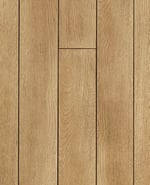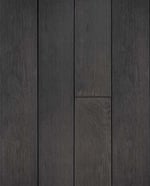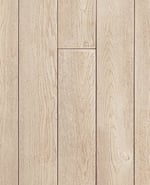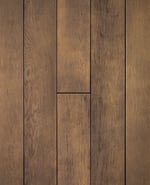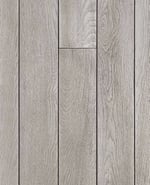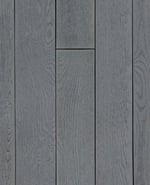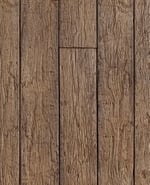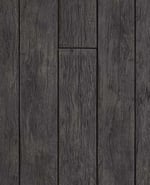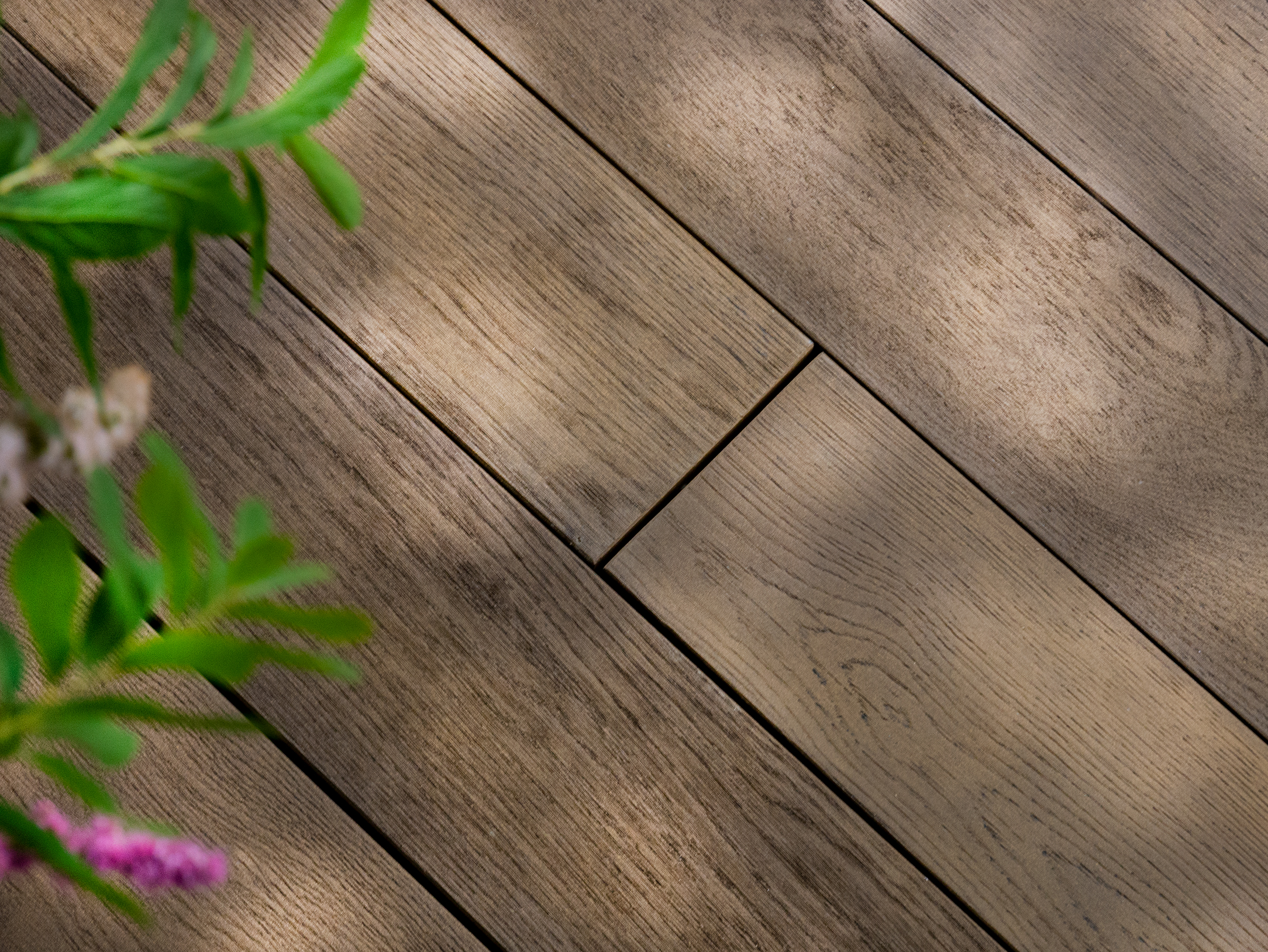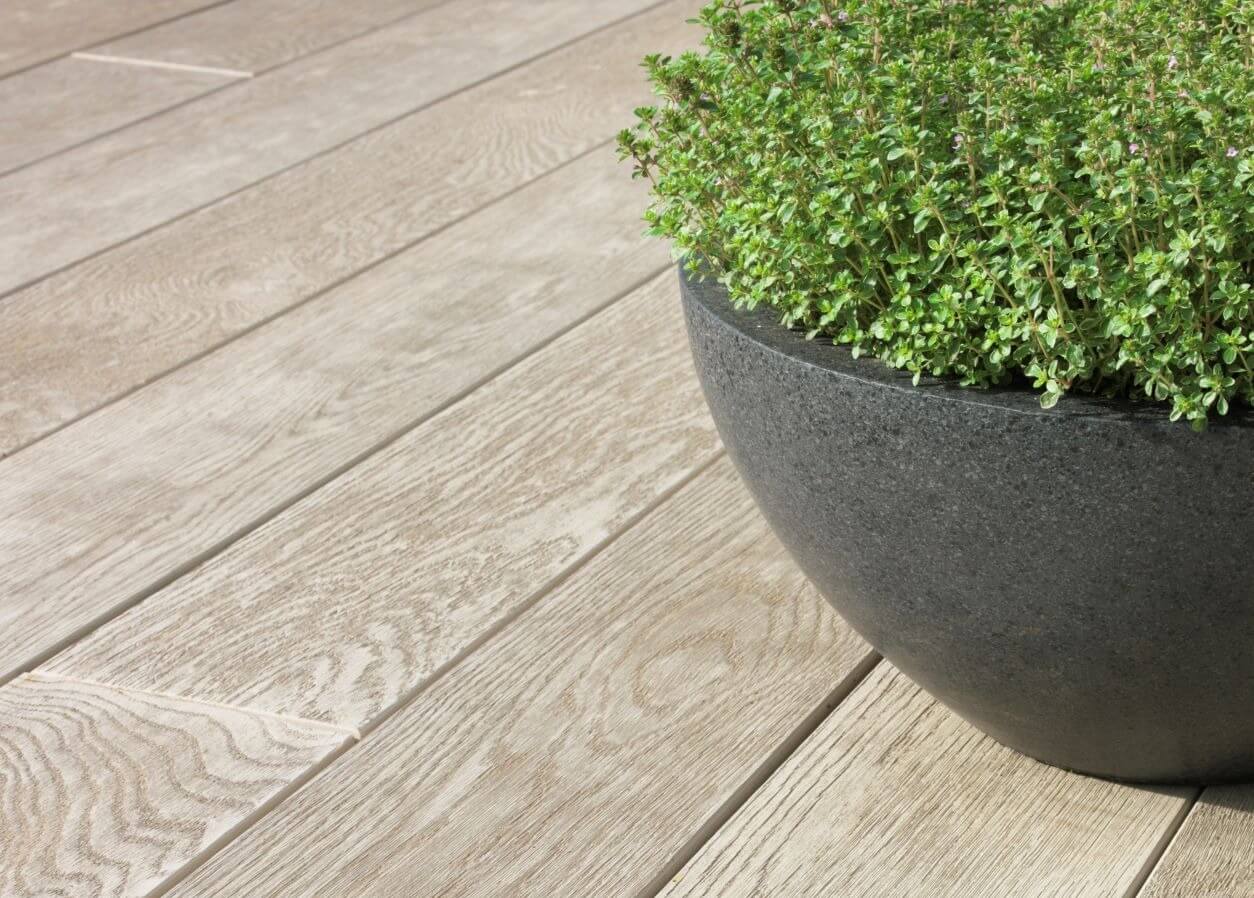Mineral decking vs Composite decking vs Plastic decking
Blog |
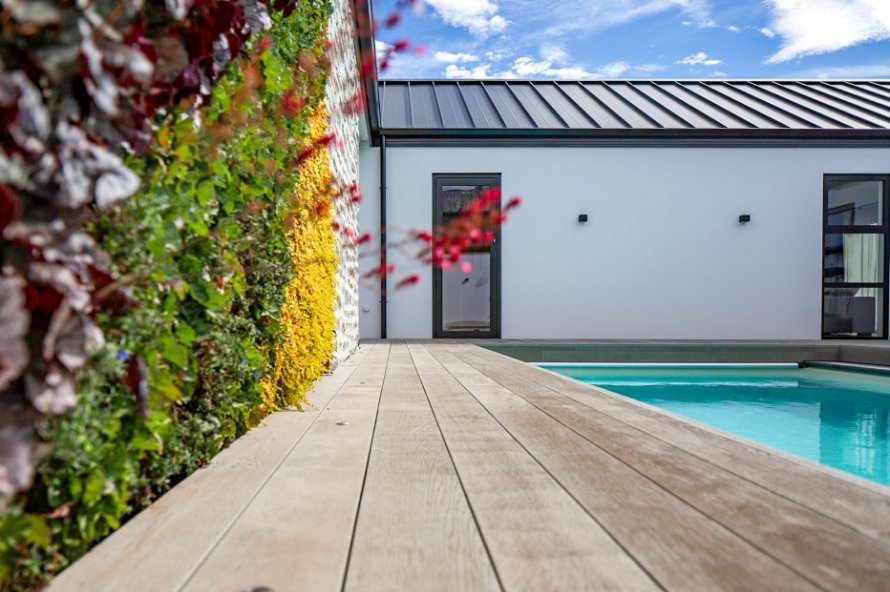
If you want to build a new deck on your property, you need to be careful which product you use. Traditionally, decking was made of timber but composite alternatives are becoming more and more common.
In this article, we explain the basics of composite decking and plastic decking, including the difference between them, and the advantages they offer.
Decking materials in NZ
In New Zealand, the most common types of decking materials are as follows:
- Timber decking
- Plastic decking
- Composite decking
- Resin mineral board (RMB) decking
What is decking timber?
While timber decking is becoming less common in New Zealand, some people still prefer its organic appearance. Being made entirely of wood, it is relatively sustainable, recyclable, and versatile for various applications.
However, timber is prone to damage caused by exposure to the environment, such as UV rays and rain. Over time, timber decking is susceptible to fading, mould, mildew, and rot.
Pros of timber decking
- Authentic appearance.
- A renewable resource.
Cons of timber decking
- Expensive.
- Susceptible to moisture invasion and resulting damage.
- Prone to fading.
- High maintenance.
What is plastic decking?
Plastic decking, also known as PVC decking, is predominantly made of plastic. The planks are made from polyvinyl chloride and contain no organic material. This prevents issues such as mould, mildew, and rot that would typically occur with timber and composite products.
Pros of plastic decking
- Resistant to moisture invasion and resulting damage.
- Lightweight.
- May contain recycled plastics.
Cons of plastic decking
- Inauthentic appearance.
- May contain thermoplastics.
What is composite decking?
Composite refers to any decking product that consists of more than one material. Composite decking is typically made up of timber and thermoplastic, with a few chemical additives.
Uncapped composite has exposed wood ingredients and is susceptible to mould and mildew. However, capped wood composite boards are sealed in a plastic shell or coating to offer increased protection.
Pros of composite decking
- Lightweight.
- Low maintenance.
- Durable.
- UV resistant.
- May contain recycled plastics.
Cons of composite decking
- Prone to moisture invasion.
- May contain thermoplastics.
- Inauthentic appearance.
Fortunately, some composite decking products are designed to reduce the downsides mentioned above. For example, our Millboard decking range contains no thermoplastics and has a real-wood grain appearance moulded from oak samples.
Learn more about composite decking and the installation process here
Best decking in NZ
So, which is better – timber, composite, or plastic? Unfortunately, all three options have drawbacks that may affect the quality of your deck. If you don’t mind investing time and money in regular maintenance, a timber deck may be sufficient for your needs. However, they are prone to damage and will need replacing much sooner than plastic alternatives.
If you want a low-maintenance deck that lasts a longer time, composite or plastic decking may be more suitable. However, they will not provide the authentic appearance of wood.
Fortunately, Millboard resin mineral board decking provides an alternative that combines the benefits of all three decking materials.
Millboard decking NZ
At Forte, we supply Millboard decking which is a thermoplastic-free mineral material. Combining real wood grains with high-performance polyurethane, Millboard offers an unrivalled combination of durability, appearance, and safety.
What is Millboard decking?
Millboard decking is a resin mineral board that eliminates rotting, warping and deterioration that wood is susceptible to. The polymer resin core is reinforced with fibre for extra strength and stability, making this one of the most dependable products available.
Each plank has a unique Lastane® surface using the same pliable material as shoe soles. This provides exceptional slip resistance, even in wet conditions.
%20(1).jpeg?width=938&height=671&name=Fort%C3%A9%20Millboard%20Decking%20(2)%20(1).jpeg)
Key benefits of Millboard decking
UV and weather resistance
With no real wood content, Millboard decking doesn’t rot, warp, fade, or encourage algal growth. This ensures your decking lasts longer, with less than 5% fading over 25 years.
Enhanced safety
With no real-wood content, Millboard decking is entirely splinter-free. Additionally, the Durafix® screws are hidden beneath the Lastane® surface, achieving a smoother surface that won’t cause injuries or damage to outdoor furniture.
Easy to clean
There’s no need to apply expensive treatments, simply give your deck an occasional wipeover with household floor cleaners.
Authentic appearance
Using authentic oak samples, we mould each plank with wood grains and hand-tint them to achieve a real wood appearance. Choose from a range of natural tones, including browns, golds, greys, blondes, and blacks.
Slip-resistant
Additionally, each board has a non-porous surface layer of Lastane® for stain and slip resistance, even when wet.
Lightweight
Millboard decking is incredibly lightweight, making it easier to install than timber decking. And, once it’s installed, the ongoing maintenance is virtually nil so you can put your feet up and enjoy your outdoor space.
Sustainable
The base materials of Millboard decking have a low impact on global warming and ozone depletion. Additionally, it is independently and UKAS accredited to the ISO 14064-1 Verified Carbon Footprint Assurance Mark.
Millboard decking collections
Enhanced grain
This collection showcases an accurate oak texture showcasing the subtle nuances of natural timber. The six shades provide an organic patina and highlight the details in the wood grain. Options include:
Weathered oak
This collection was designed to honour timber with an aged appearance. The planks are moulded from century-old oak samples to create timeless elegance and character. Tone options include:
Edging and fascia
Our edging and fascia collection is designed to resist wear points and match the rest of your deck. Options include square edging, fascia construction, and bullnose board.
For inspiration and specifications, explore the full range of Millboard decking. Our standard plank size is 150-200mm and is available in a wide variety of colours to suit any design style.
Visit one of our Showrooms
If you have any queries about our products or need help with your project, we can provide you with expert advice. Visit one of our showrooms or book a consultation with our flooring experts today.
